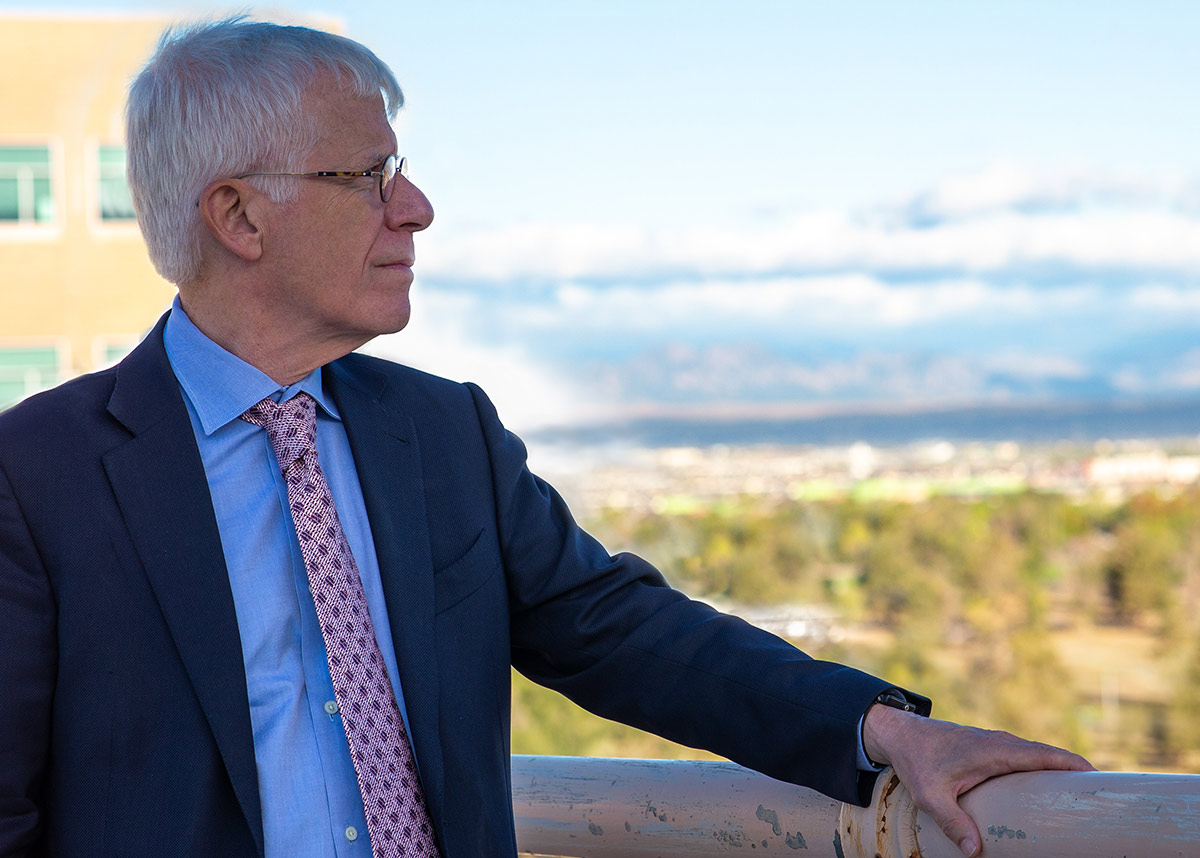The COVID-19 Pandemic: Lying and vaccination
May 10, 2021
There is good news for the United States as the pandemic continues to ebb in many states, albeit not in Colorado at the moment. Vaccination drives this decline, even as policy measures are being dropped, mask wearing declines, and pre-pandemic behavior returns. Yet, there are disturbing reports of declining vaccination rates and unused vaccine supplies. Achieving herd immunity may be an elusive target, but we need to achieve the highest possible vaccination rates across all age groups. In Colorado, over 80% of those 65 years and above are vaccinated; the majority of those ages 40 to 69 are also vaccinated; while only one-third of those 16 to 39 are vaccinated. These percentages reflect the age-group priorities since vaccines were first available. But vaccination rates are declining in Colorado, while the goal of vaccinating 80% of the population is still distant.
This decline is paralleled elsewhere and has led to discussion about whether herd immunity will be achieved. I have written previously about the concept of herd immunity: reaching a point at which a sufficient percentage of the population is immune and the epidemic can no longer propagate. For SARS-CoV-2, this percentage can be calculated and its minimum is around 70%. We are not yet close to 70% and vaccines have been unavailable for children, although vaccination will soon be available for youths aged 12-15 years. Perhaps we will move towards achieving herd immunity, whatever percentage of immunity is needed, but regardless our goal should be to achieve the highest percentage possible for vaccination.
Beliefs concerning adverse consequences are one barrier to vaccination. Knowingly spreading lies about the consequences of vaccination is another. Lying has been prominent across the ever-longer course of the pandemic: “COVID-19 is a hoax,” “Chloroquine works,” or “RNA vaccines change your DNA.” I recognize why there is a range of beliefs about many health topics, but lying in the face of a pandemic is morally troubling. My understanding of lying was advanced by reading Liars — Falsehoods and Free Speech in an Age of Deception by Cass Sunstein, the Harvard legal scholar. The book offers a matrix with four dimensions: 1) state of mind (of the liar); 2) magnitude of harm of the lie; 3) likelihood of harm; and 4) timing of harm. Viewed within this framework, lying about the pandemic checks all of the most severe boxes in the matrix: state of mind—lie; magnitude of harm—grave; likelihood of harm—certain; and timing of harm—imminent. There is no place or justification for lying about SARS-CoV-2, COVID-19, or vaccines.
Much of the book offers philosophical, ethical, and legal ruminations about lying. Sunstein explores deep complexities around lying. One notion around the primacy of truth is the “marketplace of ideas,” the idea that free speech, discussion, and debate support the truth in the end. In legal contexts, the marketplace of ideas surfaced with a key 1918 dissent by Supreme Court Justice Oliver Wendell Holmes. Do we still have an openly functioning marketplace in this new and not anticipatable time of “information bubbles?” Those believing that vaccination is harmful can readily find untrue support for their belief. These individuals face risk for themselves and harm society more broadly by slowing the race towards herd immunity.
There is lying and there is use of the “big lie,” a propaganda technique that was used in Nazi Germany. Turning political, apply the matrix to “the Big Lie” about the outcome of the 2020 presidential election: that Biden did not win the election. The lie’s falsity is obvious. Unfortunately, its harmful consequences are now being realized as many states are taking steps to make voting more difficult. Restriction of voting has been fundamental to creating and maintaining structural racism. How can voting rights be further restricted as we attempt to dismantle structural racism? There are consequences here for public health.
Finally, I note that my comments last week about the arrival of spring proved to be incorrect as we face several days of possible snow and subfreezing temperatures. The inherent variability of Colorado’s weather was an unacknowledged source of uncertainty in my forecast. Variability brings uncertainty for weather and for many public health issues.
Two more books on the pandemic have joined my ever-larger unread pile on the topic: Premonition by Michael Lewis and Doom: The Politics of Catastrophe by Niall Ferguson. Stay tuned for my comments.
Enjoy the snow. I predict with 100% certainty that spring will eventually arrive.

Jonathan Samet, MD, MS
Dean, Colorado School of Public Health


